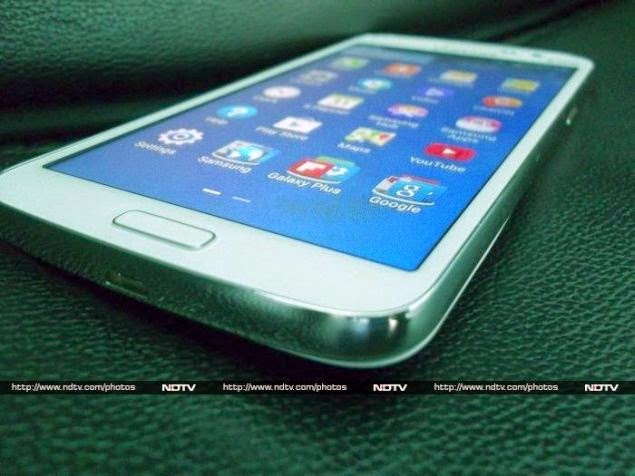Alienware is back at it, launching its newest gaming laptop. However, you wouldn’t think that this notebook is fit for fragging foes just by picking it up.
The Alienware 13 weighs just 4.5 pounds, which is impressively light for a gaming laptop. It’s also roughly an inch thick, so you shouldn’t have any problems wrapping a single hand around the body if you lug it around with it packed underneath your arm.
However, there’s a price to be paid for better-than-average portability, and that shows up in the Alienware 13’s specs. While the Intel Core i5-4210U 1.7GHz dual-core CPU that comes standard with the Alienware 13 may be sufficient, Alienware’s decision to include an Nvidia GeForce GTX 860M GPU in its newest offering is a bit disappointing. You can’t upgrade either of these components, so you’re locked into them.
The 860M is no longer a part of Nvidia’s newest series of GPUs. Recently, Nvidia launched the GeForce GTX 980M, and 970M. The former GPU offers impressive performance, equating to roughly 75 percent of the power offered by the GTX 980, which is a desktop-based card.
The Alienware 13 will be available with one of three displays, all measuring 13-inches. The standard model includes 1,366 x 768 resolution panel. From there, you can upgrade to a 1080p model, or a 2,560 x 1,440 screen. Keep in mind that, the higher you go up on the resolution scale, the lower your battery life will drop. Plus, the GPU here, which isn’t a top of the line unit, will have to push even more pixels, which will bring down frame rates.
The Alienware 13 can be configured with a 500GB hybrid hard drive, a 1TB mechanical hard drive, or a 256GB or 512GB SSD. There’s also an option to pair a 256GB SSD with a 128GB SSD. The base model Alienware 13 includes 8GB of RAM, but you can double that to 16GB if you wish.
Port selection consists of three USB 3.0, Ethernet, mini DisplayPort, and HDMI 1.4. There’s also a special addition here, dubbed the Alienware Graphics Amplifier Port. This connection allows you to plug in an accessory made only by Alienware that lets you upgrade the Alienware 13’s GPU with a desktop graphics card.
Windows 8.1 is included by default, but you can go for Windows 7 if you want. Power is provided via a four-cell battery.
On the plus side, the Alienware 13 isn’t exorbitantly expensive. The company’s latest mobile PC gaming rig starts at $999, but the amount you pay will depend on how you configure it. You can order it starting October 28.










.jpg)









